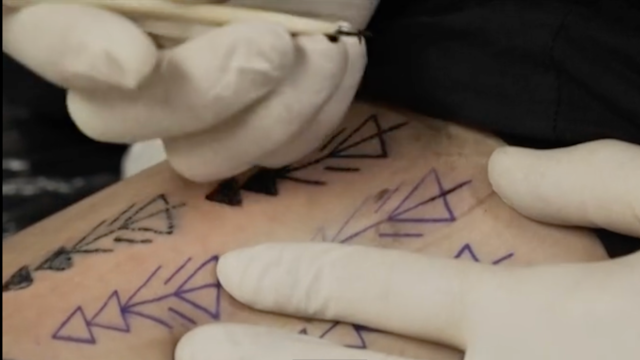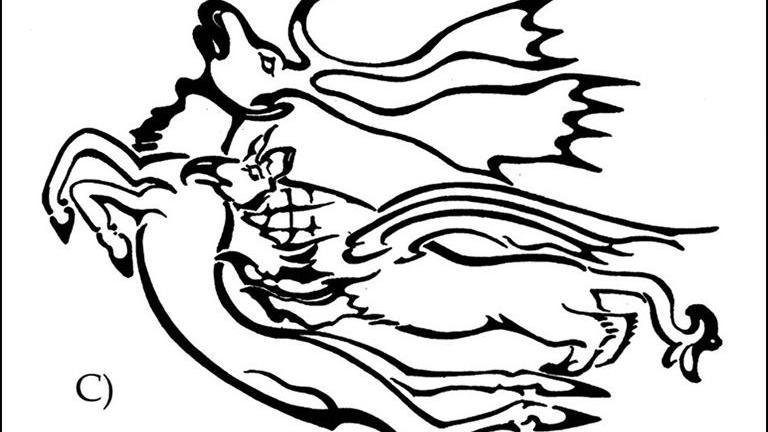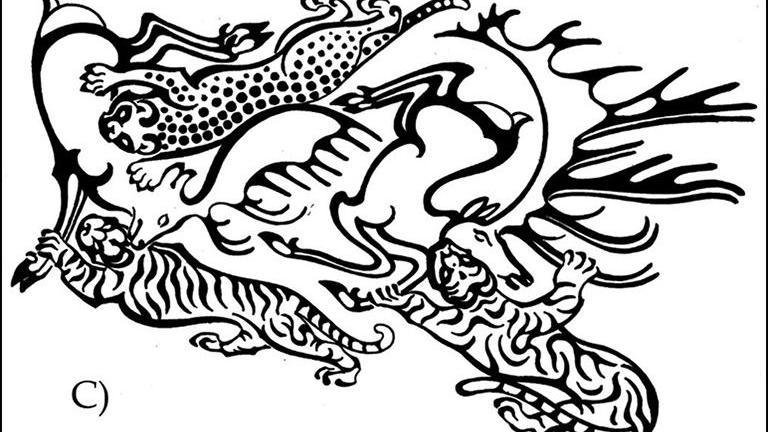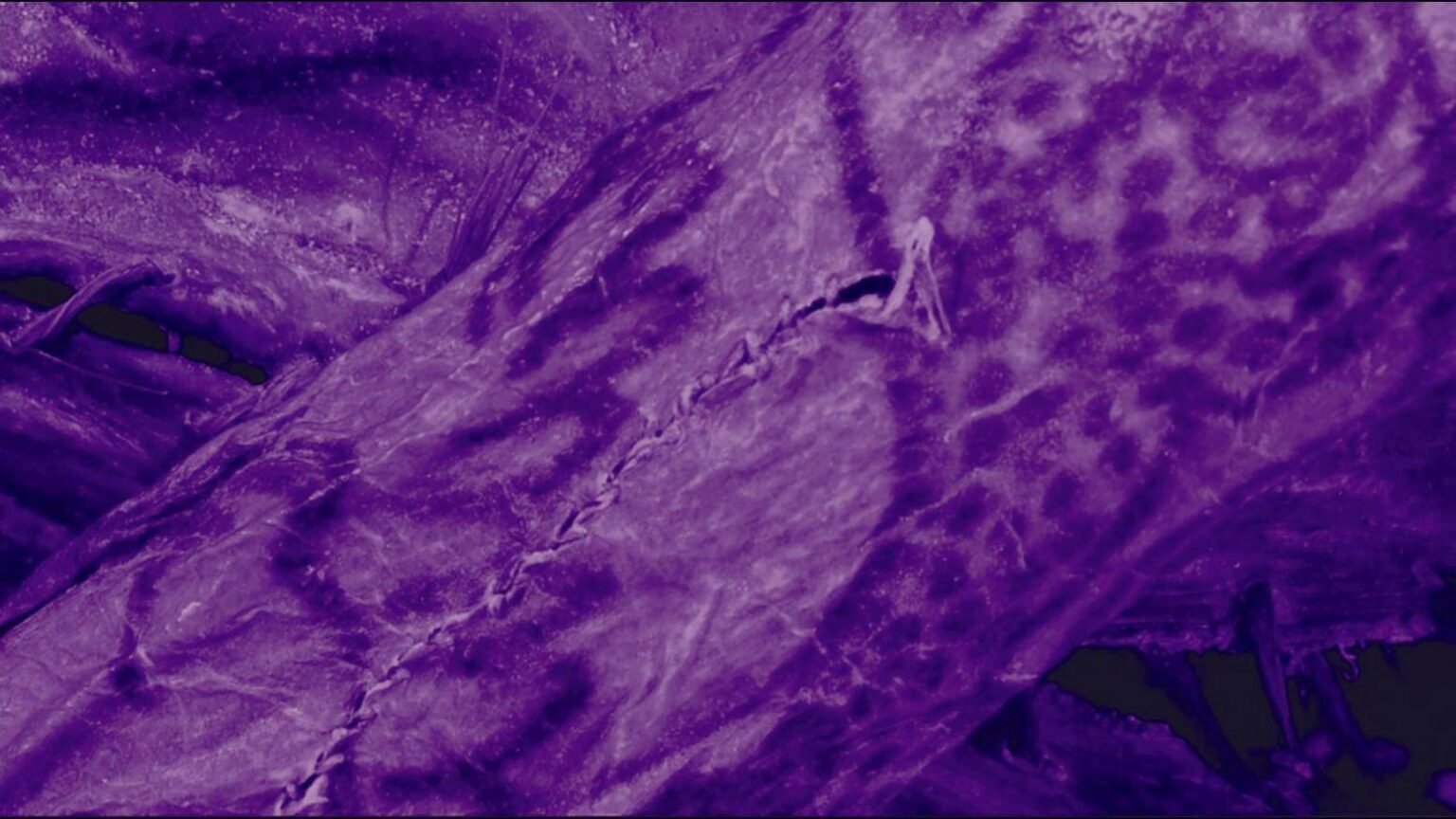Siberian Ice Mummy Tattoos Reveal Stunning Ancient Art
High-resolution scans have uncovered intricate tattoos on a 2,500-year-old Siberian “ice mummy.” The images reveal animal and mythical designs that are more detailed than ever seen before. The tattoos include leopards, a deer, a rooster, and a griffin—a mythical creature that’s part lion and part eagle. These were found on the arms and hands of a woman from the Pazyryk culture. This nomadic group once roamed the vast steppes between China and Europe.

Experts estimate the woman was around 50 years old when she died. Her people buried her in a frozen tomb in Siberia’s Altai Mountains. The icy conditions preserved her body and tattoos exceptionally well. This allowed modern imaging tools to uncover details that are invisible to the naked eye.
Scans Uncover Details of Siberian Ice Mummy Tattoos
Researchers from the Max Planck Institute of Geoanthropology and the University of Bern used near-infrared digital photography at the Hermitage Museum in St. Petersburg to capture crisp, high-resolution images of the tattoos. These new visuals unveiled a striking level of sophistication and artistry.

“The images came alive,” said Dr. Gino Caspari, lead researcher on the project. “They reflect an extraordinary commitment to detail.”
Pazyryk Warrior Culture and Body Art
The Pazyryk people, known for their horsemanship and elaborate burial rites, often tattooed their bodies with scenes from their mythology and nature. On the woman’s right forearm, leopards encircle a deer’s head—imagery symbolic of strength and transformation. Her left arm depicts a griffin locked in combat with a stag, showcasing the tribe’s unique artistic language, often marked by dynamic battle scenes.

Interestingly, her thumb bore a rooster, a rare image that may indicate personal or spiritual significance.
Reconstructing Ancient Techniques
Tattoo expert Daniel Riday, who specializes in reviving ancient tattoo techniques on his own skin, collaborated with the team. His analysis of the scans led researchers to believe that the tattoos were done by different artists or at different stages in her life. The style and precision varied between arms.
“Imagine sitting on the steppe, in the cold, wind blowing—this work took hours and had to be done carefully,” Riday explained.
“This was a professional practice with hygiene, skill, and symbolic meaning.”
Tattoos: Meaningful in Life, Not in Death
The burial process damaged some tattoos, suggesting that while they held deep significance in life, they played little role in the afterlife, according to Dr. Caspari.

This discovery not only provides new insight into the lives of the Pazyryk people but also reveals the remarkable skill and artistic expression of ancient tattoo practices—predating modern machines by millennia.




